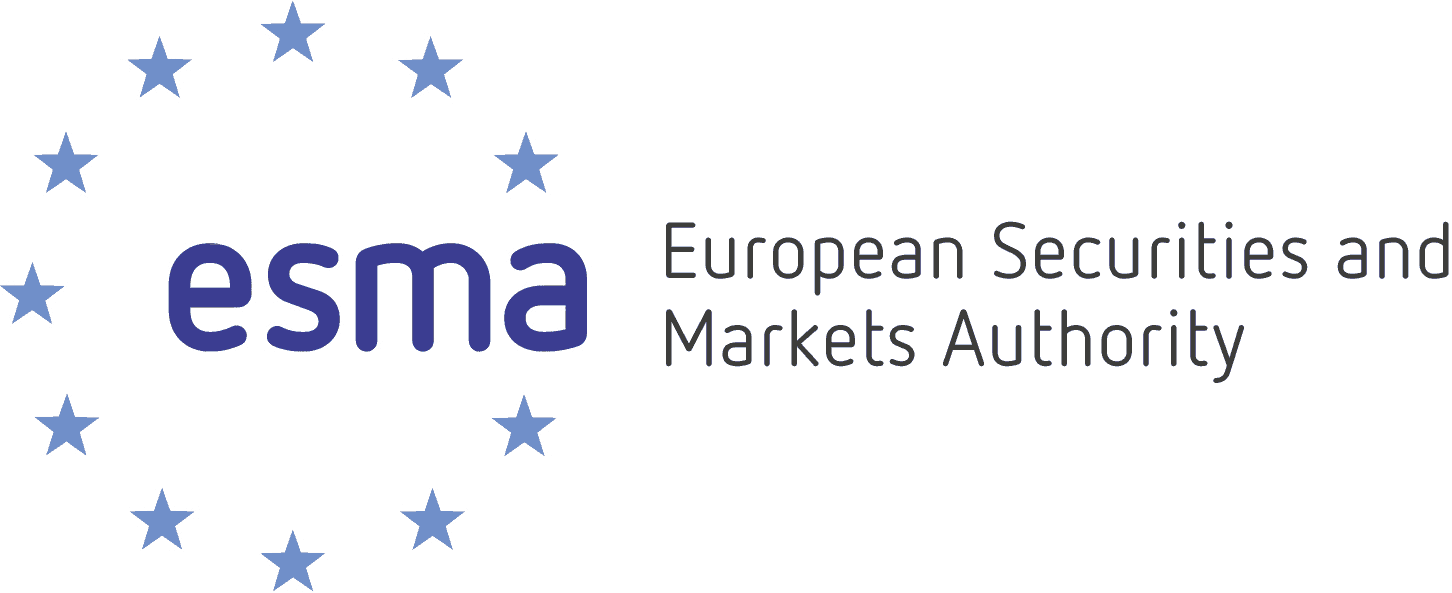In a recent speech, given by Patrick Armstrong, Senior Risk Analysis Officer, Innovation and Products Team at Blockchain Technology: The Future for Financial Services Infrastructure, in London England – it was made public that the European Securities and Markets Authority (ESMA) will have the right to ban or restrict products or processes, in the light of the potential risks (restrictive approach) once MiFID II/MiFIR becomes effective on January 1, 2018.
From the speech:
“The issue of Distributed Ledger Technology (DLT) and the regulatory response is a critical topic for both regulators and market participants. The challenge is to identify when the regulator should step in. This is the regulatory ‘tipping point’ – the point between ‘too small to care’ and ‘too large to ignore’. I want to share how ESMA approaches the challenge.”
“When confronted with a financial innovation, a regulator can roughly take one of three approaches, each of which is in its own way ‘pro-active’ rather than ‘reactive’|
- Ban or restrict products or processes, in the light of the potential risks (restrictive approach).
- Take a “wait and see” approach (watchful approach).
- Actively facilitate and regulate the product or process because of its potential economic and social benefits (facilitative or catalyst approach) and/or because of known threats to our objectives.
“The first, banning, is a power that ESMA and the MSs will have once MiFID II/MiFIR becomes effective on 1 January 2018. Until then, if we believe a harmful ‘tipping point’ has been reached, we can take measures such as issuing warnings as we have done against ‘contracts for differences’ in 2013, and reinforced this past year, or the Statement we issued in 2014 on the risks to investing in Contingent Convertibles, in which we outlined that these instruments should only be purchased by sophisticated investors and are not appropriate for retail. “
He did add that the ‘wait and see’ approach is largely the approach that ESMA, like most regulators, have taken towards the DLT.
“There is a collective need to better understand DLT and its possible applications in the financial market. Now, do not interpret this as a passive approach, but rather one in which we actively try to learn more about the innovation, but do so while it remains sufficiently immature that we are not placing our objectives, stability, protection and integrity, at risk by not taking action. At the same time, by waiting to see how the innovation develops we do not risk stifling a potentially socially or economically useful product or process. The innovation has not reached a ‘tipping point’ where active regulatory participation is needed.”
Full report is here.







